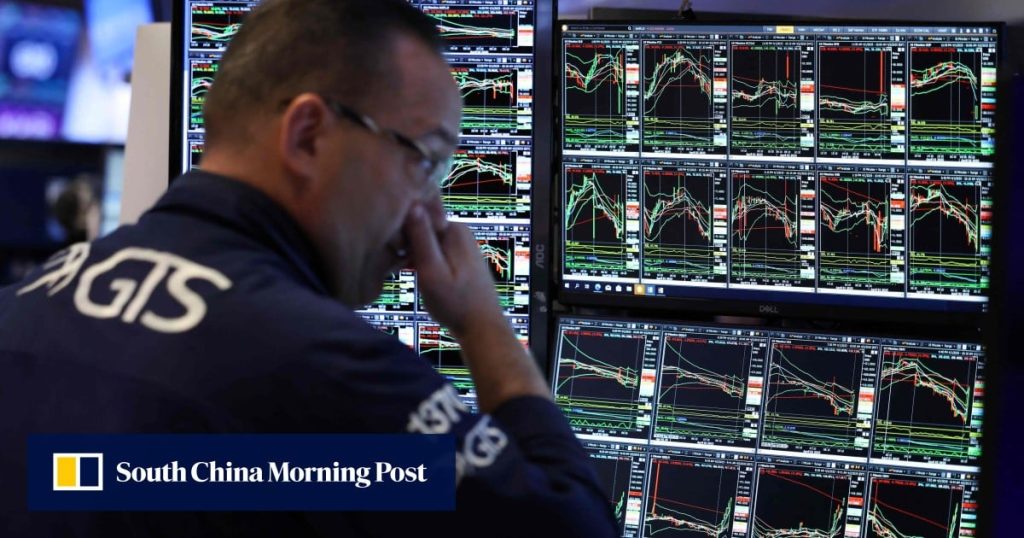The plunge in oil prices over the past two days following the twin shocks of President Donald Trump’s tariffs and the surprise boost in production from the Organisation of Petroleum Exporting Countries (Opec) has altered the global energy landscape with stunning speed.
Brent crude, the global benchmark, tumbled 13 per cent through Thursday and Friday to just over US$66 a barrel, casting new doubts on Trump’s quest to aggressively boost US fossil fuel output and achieve “energy dominance.” Across the Atlantic, the sell-off is poised to ease soaring energy costs in Europe but also squeeze Middle Eastern petrostates.
Already the oil market is tossing aside expectations for 2025. Goldman Sachs, one of Wall Street’s long-standing crude bulls, cut its year-end price forecast on Thursday for Brent crude by US$5, to US$66 a barrel. Enverus has slashed more than a third from its demand-growth model. UBS Group, which at the start of the year forecast global demand would grow by 1.1 million barrels per day, is now cutting that up to nearly 50 per cent.
“The moment that President Trump put the tariffs that were hammering on Canada almost two months ago, we had already downgraded our forecast,” said Al Salazar, head of macro oil & gas research at Enverus. “The timing of the Opec announcement felt like them piling on.”

US oil futures settled near US$61 a barrel Friday – well below the US$65 threshold that many companies need to profitably drill new wells in Texas and surrounding states, according to a recent survey by the Federal Reserve Bank of Dallas. The trade war, meanwhile, is driving up the price of the drilling equipment, with pipe costs rising about 30 per cent compared to levels before Trump imposed 25 per cent tariffs on steel last month.


